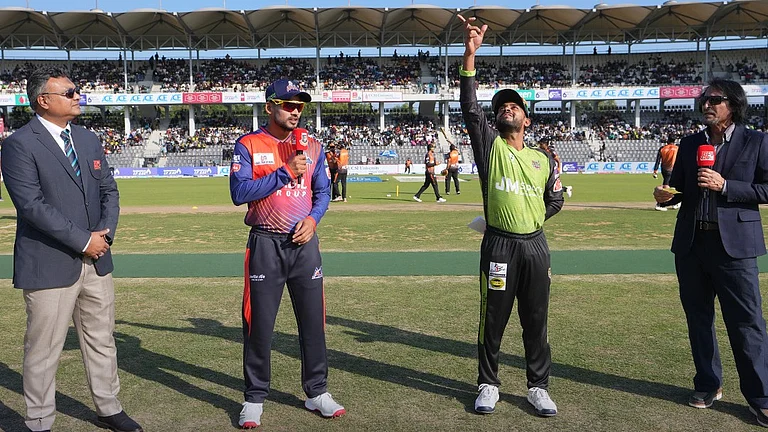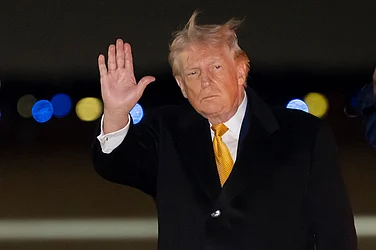Gun-ownership in the United States is a deeply polarising issue —perhaps right next to abortion— and Democrats and the Republicans often fight pitched bipartisan battles over the issue. This is why last year’s bipartisan gun legislation was a landmark in which Republicans joined Democrats to bring better background checks and increased funding for mental health and school shooting programmes.
While the law was a major bipartisan achievement, it was still a start rather than a concluding chapter of a long-drawn movement. Moreover, the partisan rhetoric around guns and gun violence often leaves the fundamental issues behind it unaddressed. This crucial gap was filled by Michael Moor’s documentary ‘Bowling for Columbine’ (2002).
While the popular debate on gun violence is often limited to availability of guns, Moore went for a deep dive into the faultlines in American society that drive gun culture. The picture that emerged was complex and widespread that covered the distrust of government, culture of fear, an extreme approach to liberty, and institutional violence.
Unlike India where boundaries have remained the same since Independence in 1947, the United States has gone through territorial expansion and evolution to become what it is today. As it expanded, warfare and conflict were frequent and settlers in new areas often armed themselves to protect against guerilla tactics. Some take it to an extreme end as ‘Bowling for Columbine’ showed. The fundamental American notions of freedom and liberty are extended to an extreme end as well.
When Moore engages with a gun-toting militia, they say they arm themselves to protect them. They say that when they have the means —guns— to do so, why should they be dependent upon the state for protection? Then comes the distrust in the government and the notion of its limited role.
“This is an American tradition, an American responsibility to be armed. If you are not armed, you are not responsible. Who is going to defend your kids? The cops? The federal government? No, none of them. It’s your job. If you don’t, it's a dereliction of your duty,” said one of the militiamen in the documentary.
A militiawoman said she particularly feels the need to carry the gun for safety purposes. She says why they should not “cut the middleman [police] if you can protect yourself”.
While the traditional Republicans believe in limited government in terms of economy and taxation, the extremists take it to other areas too such as law and order, as the militia personnel in Moore’s documentary said.
‘Bowling for Columbine’ shows a bank having the policy to give you a gun if you open a particular kind of account there. Then, it follows a person purchasing ammunition from a barber’s shop — yes, the scene shows ammunition purchase and shaving taking place together. While the film’s title suggests it would be about the shooting at Columbine High School in Littleton, Colorado, that killed 15, it is much more than that. It goes for the root causes.
Moore devotes a substantial part of the film to the culture of fear in the United States that contributes to the sense of insecurity and an inclination towards keeping arms to protect yourself. This part of the film also doubles as a critique of media that plays up crime and violence, often sensationalising it. The film shows that even as the crime actually goes down, the feverish coverage does not.
The institutionalised violence in the United States is also one of the themes of the films, which conveys that gun violence is just another form of violence that the United States as a nation is too much soaked in. From frequent military interventions abroad to racial violence at home, there is no dearth of violent intervention for American youth.
While Moore is a constant presence in the film, he still prefers to ‘show, not tell’. He shows the horrors of mass shootings, the aftermath, and campaigns by the grieving parents, and the indifference of the arms lobby.
One remarkable feature throughout the film is Moore’s openness and inclination to talk to all sides, even the extremists walking around with automatic rifles. In doing so, he initiates conversations about some fundamental faultlines in the American society that are getting rarer by the day. In today’s partisan polarised politics, how many conversations do we see that engages the other side? In the pursuit to criticise or bash, efforts to understand the root causes are not made. Moore’s documentary is a primer to making such efforts.
Sadly, little has changed in the two decades since the film came out. The last year’s bipartisan federal legislation and some state laws are the only few exceptions in the otherwise bleak trend of rising gun violence in the United States.


























